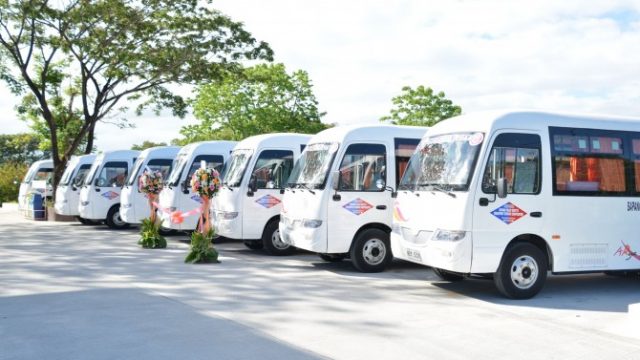The Jeepney is a popular mode of transportation in the Philippines, known for its vibrant colors, unique designs, and cultural significance. However, as the country continues to develop and modernize, the government has implemented a Jeepney Modernization Program to address issues related to safety, efficiency, and environmental sustainability. In this article, we will explore the impact of the Jeepney Modernization Program on the Philippines and its people.
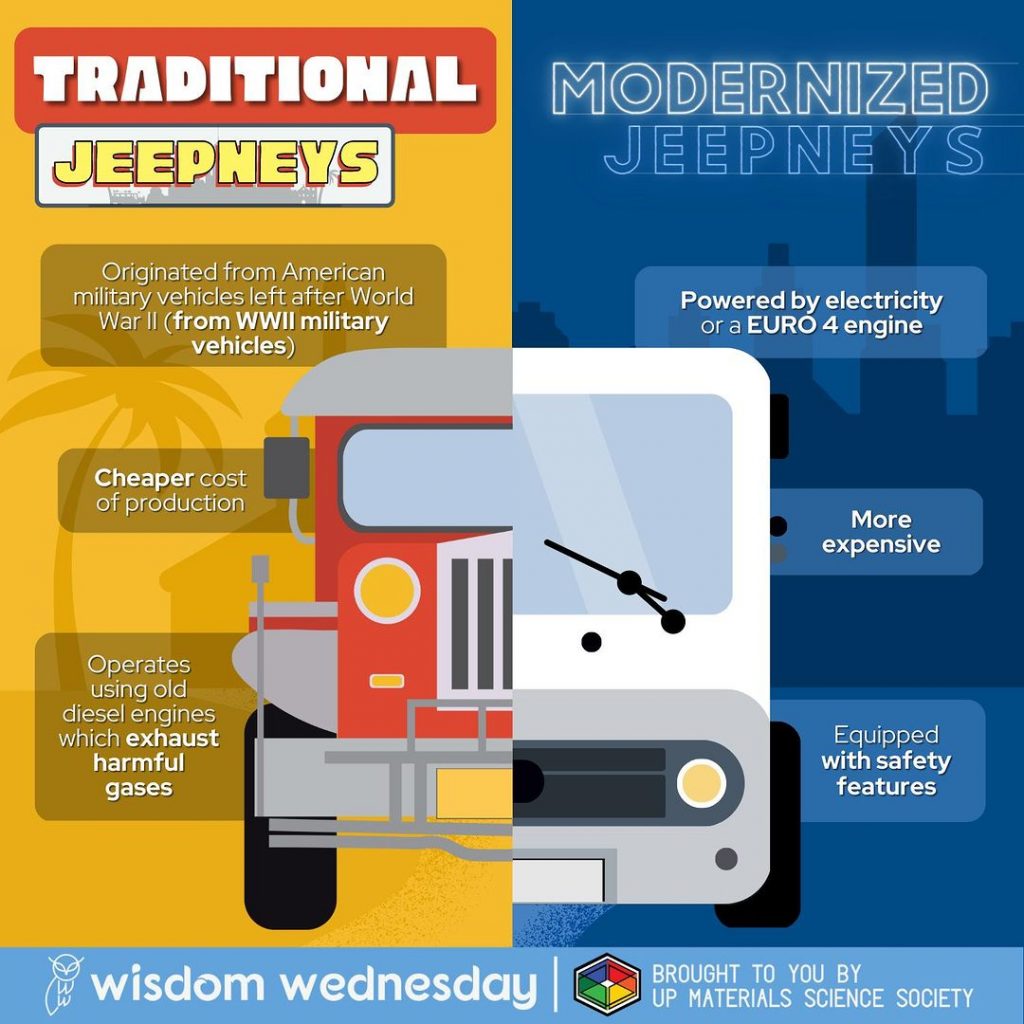
What is the Jeepney Modernization Program?
The Jeepney Modernization Program is a government initiative aimed at replacing old, unsafe, and polluting Jeepneys with modern, eco-friendly, and efficient vehicles. The program was launched in 2017 and is being implemented by the Land Transportation Franchising and Regulatory Board (LTFRB) in collaboration with various stakeholders, including Jeepney operators and manufacturers, transport groups, and local government units.
Why was the Jeepney Modernization Program implemented?
The Jeepney Modernization Program was implemented to address various issues related to the Jeepney system, including safety, efficiency, and environmental sustainability. Many Jeepneys in the Philippines are old, poorly maintained, and unsafe, putting passengers and other road users at risk. Additionally, Jeepneys are known for their inefficient engines, high emissions, and low fuel economy, contributing to air pollution and climate change.
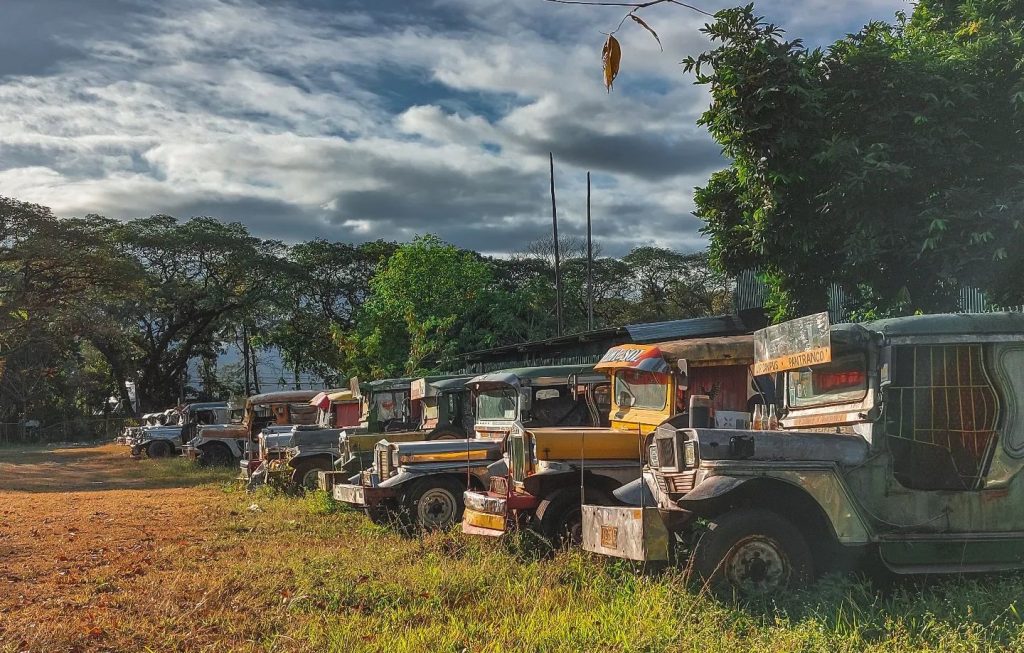
What are the benefits of the Jeepney Modernization Program?
The Jeepney Modernization Program aims to bring several benefits to the Philippines and its people. First, it seeks to improve passenger safety by replacing old and unsafe Jeepneys with new, modern vehicles equipped with safety features such as seatbelts, speed limiters, and GPS tracking systems. Second, it aims to increase the efficiency of the transportation system by reducing the number of Jeepneys on the road and replacing them with larger and more fuel-efficient vehicles. Third, it seeks to reduce air pollution and greenhouse gas emissions by promoting the use of electric, hybrid, and Euro 4-compliant Jeepneys.
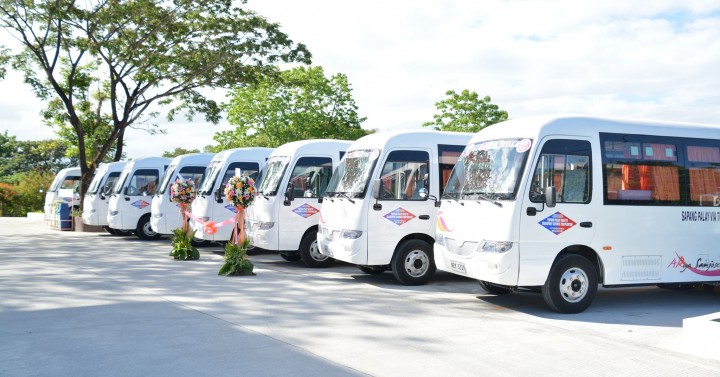
What are the challenges of the Jeepney Modernization Program?
The Jeepney Modernization Program is not without its challenges. One of the main challenges is the cost of modernizing the Jeepney fleet, which can be a significant financial burden for many Jeepney operators, especially small-scale ones. Another challenge is the resistance of some Jeepney operators and drivers to the program, who argue that it threatens their livelihoods and the cultural heritage of the Jeepney. Additionally, the lack of infrastructure and support for electric and hybrid vehicles in the Philippines can pose challenges to the implementation of the program.
What is the progress of the Jeepney Modernization Program?
Since its launch in 2017, the Jeepney Modernization Program has made some progress in replacing old and unsafe Jeepneys with new, modern vehicles. According to the LTFRB, around 15,000 old Jeepneys have been phased out so far, and around 3,000 new, modern Jeepneys have been introduced to the market. However, the program still faces challenges, such as the slow pace of the transition and the lack of funding and support from the government.
What is the impact of the Jeepney Modernization Program on the Jeepney operators and drivers?
The Jeepney Modernization Program has a significant impact on the Jeepney operators and drivers, who are the main stakeholders of the program. Many operators and drivers are concerned about the financial burden of modernizing their fleets and the uncertainty of their livelihoods. However, the program also presents opportunities for them, such as access to financing, training, and support for the transition to modern vehicles.
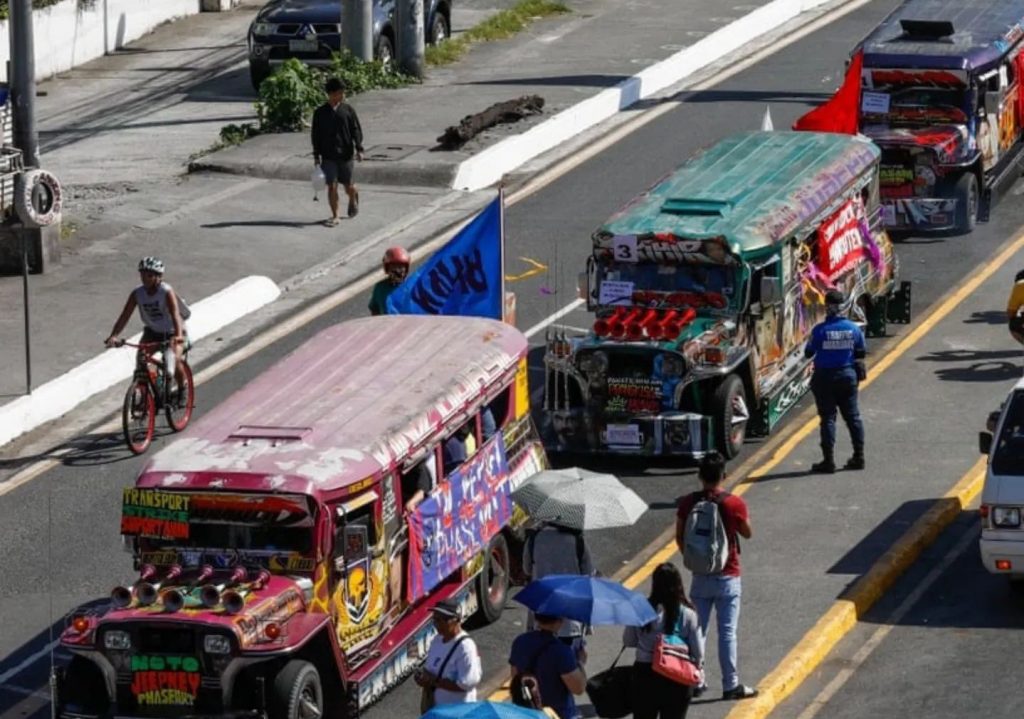
What is the impact of the Jeepney Modernization Program on the passengers?
The Jeepney Modernization Program has a positive impact on the passengers, who
can enjoy a safer and more comfortable ride with the introduction of new, modern Jeepneys equipped with safety features and amenities such as air conditioning, Wi-Fi, and CCTV cameras. Additionally, the program aims to reduce the waiting time for passengers by reducing the number of Jeepneys on the road and improving the efficiency of the transportation system.
What is the impact of the Jeepney Modernization Program on the environment?
The Jeepney Modernization Program has a positive impact on the environment by promoting the use of eco-friendly and fuel-efficient vehicles. The program encourages the adoption of electric, hybrid, and Euro 4-compliant Jeepneys, which emit fewer pollutants and greenhouse gases than their old and inefficient counterparts. By reducing the emissions from the transportation sector, the program contributes to the efforts of the Philippines to mitigate the impacts of climate change and improve the air quality.
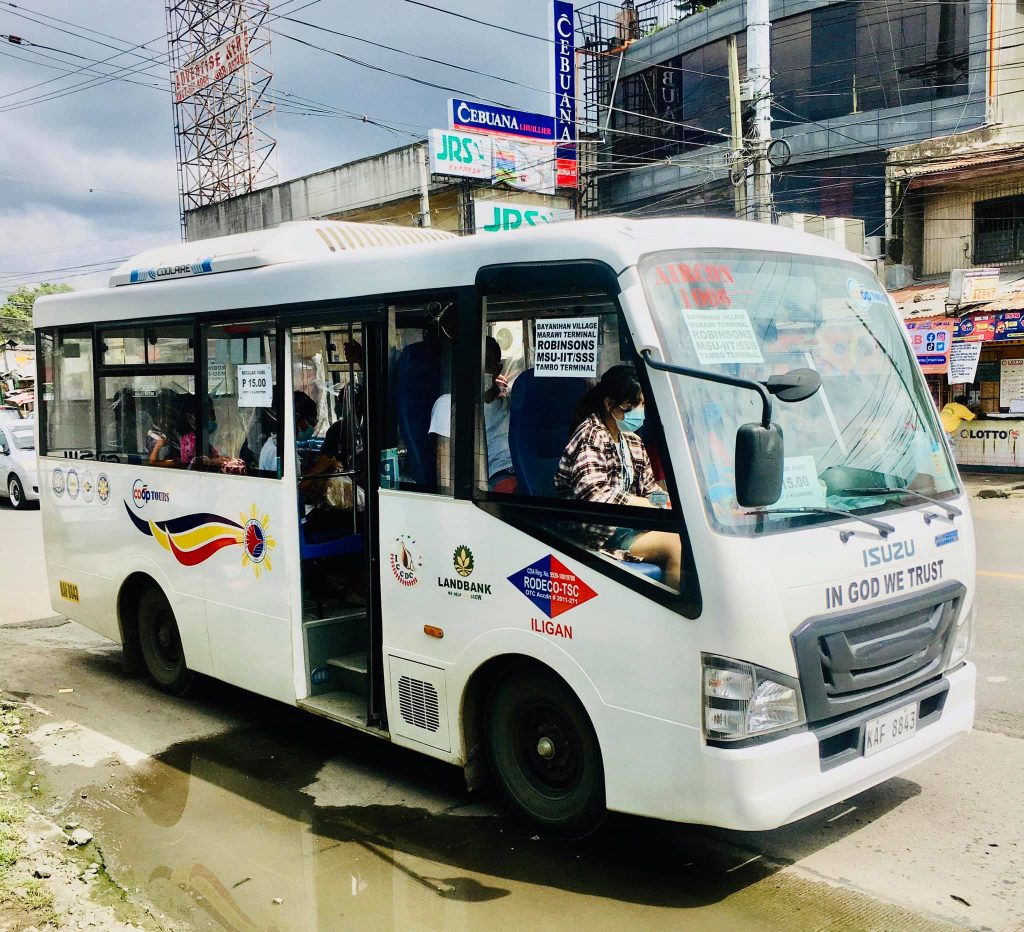
What is the future of the Jeepney Modernization Program?
The future of the Jeepney Modernization Program remains uncertain, given the challenges and controversies surrounding its implementation. The program is facing resistance from some Jeepney operators and drivers, who argue that it threatens their livelihoods and the cultural heritage of the Jeepney. Additionally, the COVID-19 pandemic has disrupted the transportation sector and affected the demand for public transportation. However, the government remains committed to the program and is exploring ways to address the challenges and accelerate the transition to modern and sustainable transportation.
Conclusion
The Jeepney Modernization Program is a government initiative aimed at addressing the issues of safety, efficiency, and environmental sustainability in the Jeepney system in the Philippines. While the program faces challenges and controversies, it presents opportunities for improving the transportation system and promoting sustainable development. By replacing old and unsafe Jeepneys with new, modern, and eco-friendly vehicles, the program can bring benefits to the passengers, the operators and drivers, and the environment.

